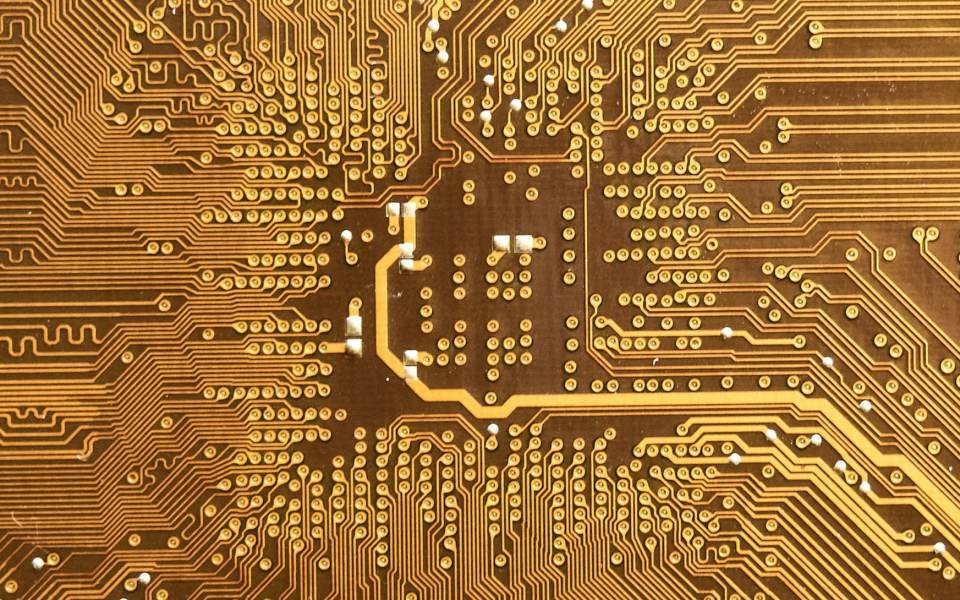JPMorgan hosted 13 semiconductor, semiconductor capital equipment, and chip design/EDA/IP companies at their 52nd annual Global Technology, Media, and Communications Conference in Boston this week.
The key takeaway? The semiconductor industry is entering the early stages of an upcycle, driven by broad-based cyclical improvements and strengthening AI demand.
Here's what investors need to know:
Early Stages of Semiconductor Upcycle
The semiconductor industry is showing signs of entering a new upcycle. Presenting companies expressed optimism about their revenue prospects for the second half of the year. They include:
- Advanced Micro Devices Inc
(AMD ) - GlobalFoundries Inc
(GFS ) - Microchip Technology Inc
(MCHP ) - Renesas Electronics Corp
(RNECF ) - Silicon Laboratories Inc
(SLAB ) - Synaptics Inc
(SYNA ) - Micron Technology Inc
(MU ) - Western Digital Corp
(WDC )
Microchip Technology reported positive indicators, such as new bookings growth, rising orders, and fewer cancellations. While recovery rates vary across different sectors (i.e., enterprise/IoT is slower), most companies believe that revenues bottomed in the first half of the year.
Strengthening AI, Accelerated Compute Demand
AI and accelerated compute demand continue to strengthen, with companies like Astera Labs Inc
Custom ASICs and Arm-based CPUs are gaining traction among cloud and hyperscaler customers, with Arm projecting 50% cloud compute penetration by 2030. Companies are aggressively innovating to capture a larger share of the data center market, with new product launches from Astera Labs, AMD's data center GPUs, and Arm's data center compute sub-systems.
Beyond data centers, AI is beginning to proliferate to edge devices such as IoT, PCs, and smartphones. Companies like Synaptics and Silicon Labs are introducing new platforms to target AI applications at the edge, reflecting the growing demand in this nascent stage of AI integration.
Cyclical Improvements, Memory Dynamics
Cyclical improvements are driving tight supply/demand trends in the memory market, resulting in continued DRAM and NAND pricing improvements through 2024 and into 2025.
Micron has sold out its HBM supply for this year and is almost fully allocated for 2025. The company expects a 50% CAGR in HBM bit demand over the next several years.
Western Digital is also anticipating quarter-over-quarter growth in enterprise SSDs driven by AI demand.
Higher WFE Spending Outlook
The outlook for wafer fabrication equipment (WFE) spending is positive for the second half of 2024 and 2025.
Companies like Lam Research Corp
- Complexity of next-gen compute architectures,
- Higher HBM DRAM requirements,
- Advanced packaging, and
- Leading-edge logic/foundry design starts.
- Manufacturing innovations, such as gate-all-around transistor architecture and expanded EUV lithography, are also driving higher spending.










